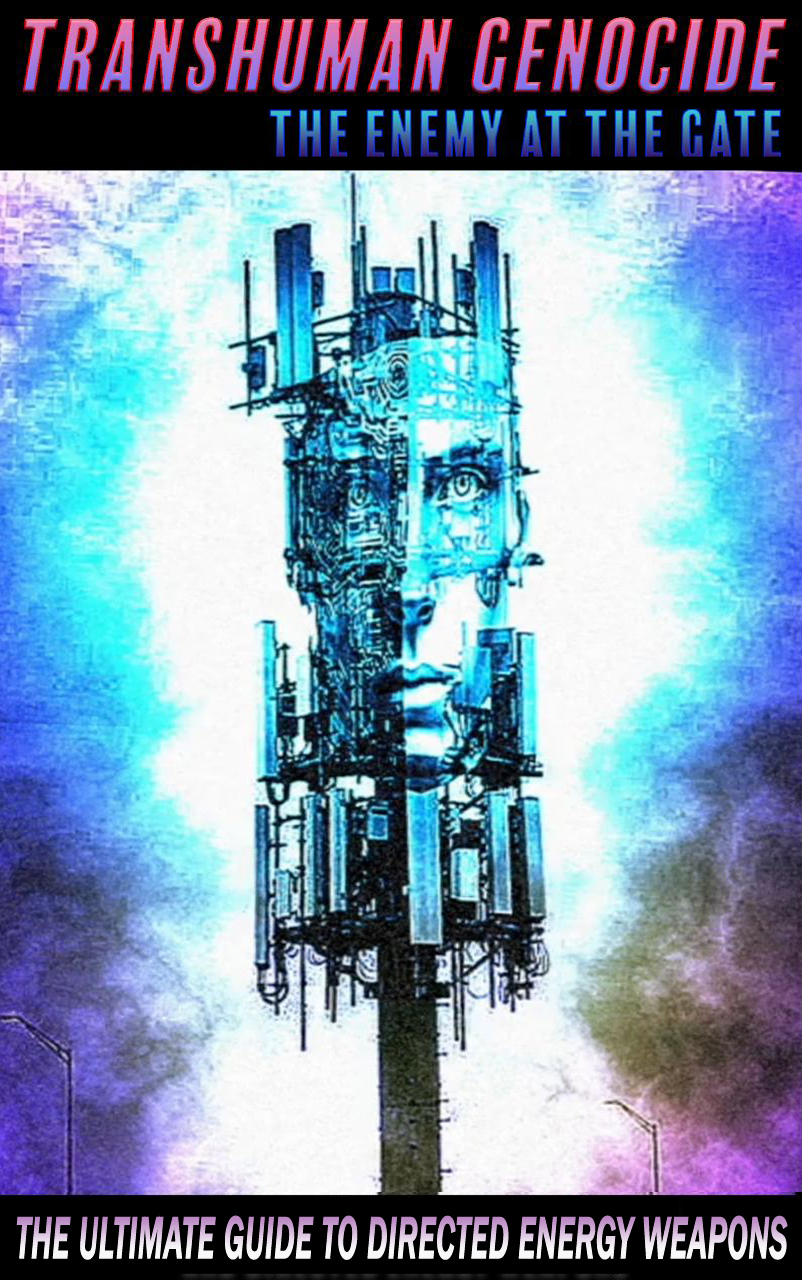In a world where technology intertwines with warfare, a new battleground emerges, not on distant lands, but within the very fabric of our digital existence.

The official narrative spins tales of technological advancement for military purposes, painting a picture of enhanced situational awareness and strategic disruption through the Robotic Combat Vehicle program. Contracts awarded to industry giants like Anduril Industries and Palantir Technologies fuel this narrative, promising a future where autonomous systems reign supreme on the battlefield.
However, beneath the veneer of progress lies a darker truth. Palantir Technologies, birthed with CIA backing, now wields immense power in shaping modern warfare decisions. Its involvement in Project Maven and the development of AI weapons systems raise serious concerns about accountability and transparency in military operations.
The threads of control extend further as Palantir, under the stewardship of billionaire Peter Thiel, unveils the Palantir Artificial Intelligence Platform (AIP), a tool designed to run advanced AI models for military applications. The demonstration showcases a future where AI dictates attack strategies and decision-making processes, blurring the lines between human agency and automated warfare.
As private corporations like SpaceX, Palantir, and Anduril dive deeper into the realm of militarized AI, a stark reality emerges. Elon Musk’s SpaceX, through its Starlink subsidiary, not only dominates space launches but also exercises control over global military communications. The convergence of deep data analytics, surveillance, and AI intelligence in the hands of these entities signifies a shift towards a future where warfare transcends physical borders and enters the realm of digital dominion.
The intent is clear – to establish a hegemony of control, where algorithms dictate the course of conflict and decisions are made at the speed of code. The means are in place – a complex web of government contracts, private partnerships, and technological advancements that blur the lines between civilian and military applications. The opportunity lies in the unchecked expansion of these entities, shaping a future where the very essence of warfare is redefined by the hands of a few.
Looking ahead, the path seems ominous. As these technologies evolve, the specter of a new world order emerges, one where power lies not in the hands of nations but in the algorithms that govern our existence. The stakes are high, for in this digital battleground, the victors may not only shape the course of warfare but redefine the very essence of humanity itself.

